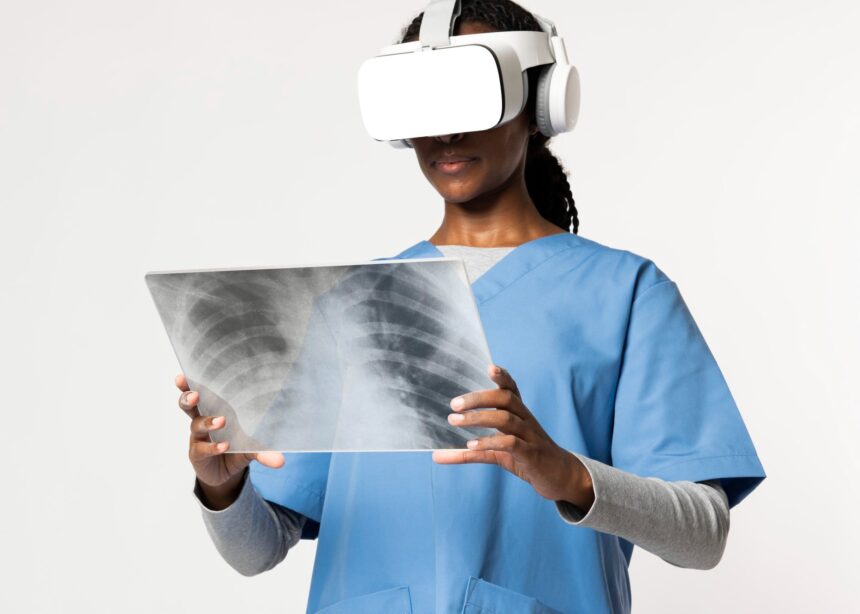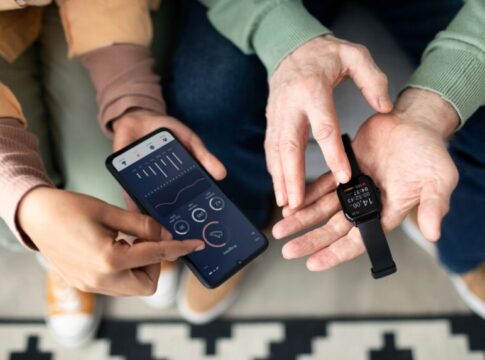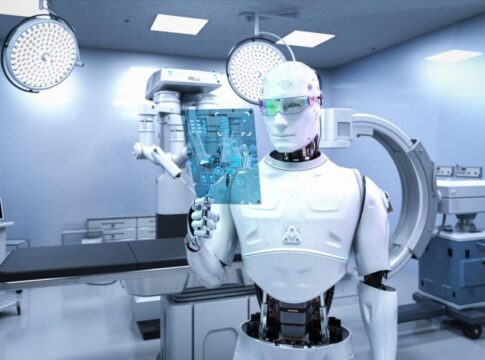Virtual reality (VR) technology is increasingly being used in healthcare to revolutionize therapy, training, and pain management. VR creates immersive and interactive virtual environments that can simulate real-world experiences, offering unique benefits for patients and healthcare professionals. Here are some ways VR is transforming healthcare:
- Therapy and Rehabilitation: VR is used as a therapeutic tool in physical and mental healthcare settings. For physical therapy, VR simulations can help patients regain motor skills, improve balance, and enhance coordination. In mental healthcare, VR exposure therapy is used to treat anxiety disorders, phobias, and post-traumatic stress disorder (PTSD) by recreating triggering situations in a controlled and safe environment.
- Medical Training and Education: VR provides a realistic and immersive platform for medical training and education. Medical students and professionals can practice procedures, surgical techniques, and critical decision-making in virtual environments, without risk to real patients. VR training enhances hands-on experience, spatial awareness, and teamwork skills, ultimately improving the quality of healthcare delivery.
- Pain Management: VR is increasingly utilized as a non-pharmacological approach to manage pain. By immersing patients in soothing and distraction-inducing virtual environments, VR can divert attention away from painful procedures, reduce anxiety, and alleviate discomfort. This can be particularly beneficial for patients undergoing invasive procedures, chronic pain management, or during labor.
- Psychological and Cognitive Health: VR is employed to support mental well-being and cognitive health. It can be used for stress reduction, meditation, relaxation exercises, and mindfulness training. Additionally, VR applications can assist individuals with cognitive impairments, such as those with Alzheimer’s disease or traumatic brain injuries, by providing memory enhancement exercises, cognitive stimulation, and rehabilitation programs.
- Patient Empathy and Empowerment: VR experiences can help healthcare providers and caregivers develop empathy and understanding for patients’ experiences. By simulating the perspective of patients with specific conditions, such as visual or auditory impairments, VR allows caregivers to gain insights into their challenges and adapt their approaches accordingly. VR can also empower patients by giving them a better understanding of their own health conditions and treatment options.
- Remote Healthcare Delivery: VR enables remote healthcare delivery by connecting patients and healthcare professionals across distances. Telemedicine platforms with VR capabilities can facilitate virtual consultations, follow-ups, and home monitoring. This is particularly valuable for patients in rural or remote areas who have limited access to specialized healthcare services.
- Healthcare Planning and Design: VR technology can be utilized in healthcare planning and design processes. Architects, administrators, and clinicians can use VR to visualize and optimize the layout of healthcare facilities, including hospitals, clinics, and operating rooms. This can aid in workflow planning, equipment arrangement, and patient experience optimization.
As VR technology continues to advance, its applications in healthcare are expected to expand further, contributing to improved patient outcomes, enhanced training, and more efficient healthcare practices.








